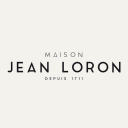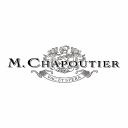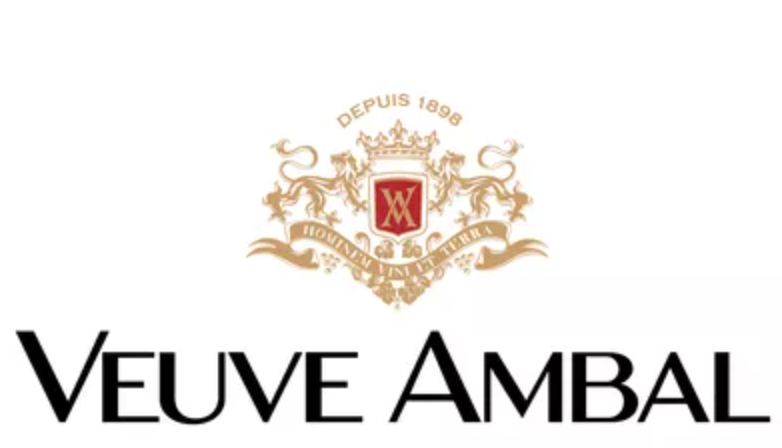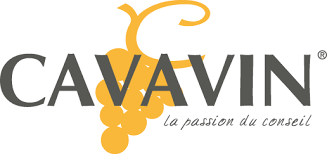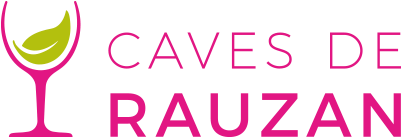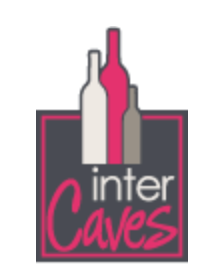Summary
The global wine market, with a valuation of $489.3 billion in 2021, is projected to grow at a 6.1% CAGR from 2022 to 2030. European wines dominate the sector, accounting for 45% of worldwide sales. Burgundy, a prime region in France, witnessed a surge in demand, with exports growing by 12.6% in 2022 compared to the previous year, although volumes dipped by 10.2%. The region, known for its quality wines, predominantly white (60%) and red (30%), faces a challenge with younger consumers showing reduced interest, especially in red wines like Bordeaux, which saw significant consumption decreases (7% drop between 2011 and 2021).
Burgundy wine production plays a significant economic role, contributing 2.8% to the regional GDP and accounting for 7% of employment. Despite representing only 4% of French vineyards, production reached 205.8 million bottles in 2022, with nearly half exported, generating significant value (€1.1 billion) given its 2.9% share of the global wine trade. Internally, the French market saw 76% wine purchases in supermarkets, and Burgundy wines maintained a strong preference at 36%.
The industry is subject to stringent regulations pertaining to labeling and exporting, ensuring authenticity and quality control. Burgundy remains a sought-after region, with wines like the Leroy Musigny 2006 auctioned for €33,000, and the export market continues to demand high prices, underscoring the region's prestigious standing in the global market.
Evolving French Market for Burgundy Wines: A Detailed Analysis
The French market has historically maintained an intimate connection with its wines, and Burgundy wines, known for their distinction and quality, represent a significant portion of this cultural heritage. Wine consumption in France is deeply embedded within its culture, and despite facing a myriad of challenges such as US tariffs, Brexit complications, the global pandemic, and changing internal consumer habits, the industry has shown resilience. The wine market is expected to have surpassed the threshold of between 30 and 40 billion euros in 2021, illustrating the sector's robustness and importance within the French economy.
Burgundy wines, which are strictly French in terms of origin, have approximately half of their production consumed within the national borders. In terms of volume, an estimated 205.8 million bottles made their way to various distribution channels in 2022, with an overall value amounting to 2 billion euros. It is crucial to note that the domestic market holds a substantial volume share of between 50 and 60 percent in bottle sales, adding up to between 100 and 120 million bottles.
When it comes to value, the French market's share is slightly less prominent, accounting for nearly half of the total sales, which is between 0.8 and 1 billion euros. Demand in the French market is experiencing a transformative phase. Younger consumers are gravitating away from wine, with only between 25 and 30 percent expressing a preference for wine over other beverages. Red wine consumption is particularly affected by this trend, showcasing a downward trend in its dominance.
White and rosé wines are gaining traction, finding a special place during apéritif times and in settings that value lighter and fresher options. This shift is seen impacting regions like Bordeaux, with sales dropping significantly—highlighting that a change in consumption habits is leading towards moderation.
Supermarkets remain the primary point of purchase for wine, with between 75 and 80 percent of French people indicating this preference. The region of origin holds significant sway in the choice of wine, right after price considerations, indicating a strong regional loyalty and recognition of quality associated with specific appellations.
Regarding grape variety, Chardonnay and Pinot Noir are the important players for white and red wines, respectively.
Key Players Shaping the Burgundy Wine Market Landscape
The Burgundy wine market is a complex system with numerous influential entities contributing to its unique dynamism. The region itself is a tapestry of renowned winegrowers, cooperative wineries, merchants, and specialist retailers who continue to shape its legacy, maintain its esteemed reputation, and meet the diverse preferences of wine aficionados.
- Winegrowers
At the forefront of the Burgundy wine landscape are the distinguished winegrowers:
- Domaine de la Romanée Conti stands as a beacon of prestige, its name synonymous with exclusivity and exceptional quality in the world of fine wines.
- Maison Joseph Drouhin, another major player, has a rich history and dedication to producing quality wines that encapsulate the heart of Burgundy's terroir.
- Maison Jean Loron and Maison M. Chapoutier also contribute significantly to the wine production of the region, bringing traditional expertise and innovative methods to their vineyards and bottling processes.
- Cooperative Wineries
- Wine cooperatives are critical components of the Burgundy wine sector, with Cave des Vignerons de Mancey, Tournus and Les Vignerons d'Igé allowing local winegrowers to pool their resources for production and distribution.
- Similarly, Cave Bailly Lapierre, Cave Henry de Vezelay, and Cave des Grands Crus Blancs play an important role in bolstering the strength of Burgundy wines through their collective efforts in winemaking and marketing.
- Merchants and Negociants
Moving along the value chain, we encounter merchants who serve as vital intermediaries between winegrowers and consumers. Les Grands Chais de France is one of these heavyweights, acting as both a producer and distributor with an extensive portfolio that navigates across market segments. Their influence not only resides internally but also stretches across global markets where they export a significant quantity of wine.
- Specialist Retailers and Pure Players
Specialist retailers like Nicolas and wine merchant societies such as Caves de Rauzan offer curated wine selections and expert guidance to a discerning clientele. Moreover, Cavavin and Pure Player Inter Caves diversify the distribution channels with their physical stores and digital platforms, making Burgundy wines accessible to a broader audience.
- Supermarkets and Hypermarkets
Not to be overlooked, supermarkets like Carrefour France and the Auchan Group are critical in making Burgundy wines widely available.
to understand this market
Detailed content
 Inforamtion
Inforamtion
- Number of pages : 30 pages
- Format : Digital and PDF versions
- Last update : 15/07/2023
 Summary and extracts
Summary and extracts
1 Market overview
1.1 Definition and presentation
Burgundy is a region in central-eastern France, world-famous for the quality of its wines, and comprises the departments of Yonne (89), Côte-d'Or (21), Nièvre (58) and Saône-et-Loire (71). What's more, the climats of the Burgundy vineyards became a UNESCO World Heritage Site in 2015, putting the products in the spotlight.
With over 30 thousand hectares of production area in 2021, the Burgundy Region represents 4% of French vineyards, 3% of national wine production and 0.5% of world production.
Burgundy wines are 60% dry white and 30% red. Rosé and sparkling wines are rarer, but still present. The majority are made from two grape varieties: Chardonnay for white wines and Pinot Noir for reds. Other main grape varieties include aligoté, gamay, sauvignon and césar.
Burgundy wine production is a major contributor to the region's economic dynamism: in 2021, the industry will account for 2.8% of the GDP of Burgundy Franche-Comté, and will generate over 45,000 jobs, or 7% of the region's total employment.
There are a total of 84 Appellations d'Origine Contrôlée (AOC ). In Burgundy wine production, regional AOCs account for over 50% of total production, while communal AOCs account for over 30%. Next come the premiers crus (10% of the total), followed by the grands crus (between 1 and 2%). The 6 regional AOCs are as follows:
- Bourgogne
- Bourgogne aligoté
- Bourgogne Mousseux
- Côteaux Bourguignons
- Bourgogne passe-tout-grains
- Crémant de Bourgogne
There are also 44 communal AOCs, distributed among the following 5 vineyards:
- Basse-Bourgogne vineyards
- Côte de Nuits vineyards
- Côte de Beaune vineyards
- Côte Chalonnaise vineyards
- Mâconnais vineyards
1.2 The global market
The global wine market
According to a report by Acumen Research & Consulting, the global wine market is estimated to be worth $***.* billion in ****, and is expected to grow at a CAGR of *.*% between **** and ****. This gives the following estimates:
World wine market World, ****-****, in billions of dollars Source: ****
With regard ...
1.3 The French market
The national wine market
Wine occupies a special place in French culture. According to Insee industry figures, the French wine market is expected to exceed ** billion euros in ****.
French wine market size France, ****-****, € billion Source: ****
However, the challenges facing the wine industry are multiplying. The US surtax on wine, along ...
2 Demand analysis
2.1 Consumer profile
According to the Cavissima **** annual barometer conducted by Ifop on "Les Français et le vin", **% of French people say they drink wine, and **% say they buy it. A total of *.*% say they "consume wine frequently".
French wine consumption frequency France, ****, in Source: ****
According to a Wine Intelligence study also published ...
2.2 French consumer habits
By the end of ****, **% of French people will say they buy wine in supermarkets. This figure rises to **% among **-** year-olds. Supermarkets are the primary place of purchase for **% of respondents of all ages, while **% prefer to buy wine directly from a winery, and **% from an independent wine merchant.
Place of ...
2.3 Demand affected by changes in wine consumption
Young people turning away from wine
A Kantar study reveals that young people seem to have little interest in wine compared to their elders. The **-** age group accounts for just **% of all wine consumed, and their consumption has been falling in recent years. Between **** and ****, consumption is expected to fall ...
3 Market structure
3.1 Value chain
The wine market is divided into several types of players involved in the various stages leading up to the marketing of wine. Production leads either to direct sales on the estate, or to sales to intermediaries who in turn sell the wine to retailers. Finally, the wine is either sold to ...
3.2 Burgundy wine production
there are several types of wine producers who fall into three main categories[***] :
Harvesting winegrowers, who vinify their own harvest Négociants vignificateurs, who buy grapes from winegrowers for vinification Caves coopératives, which are groups of winegrowers who produce and sell wine made from the grapes of their members.
There ...
3.3 Distribution of Burgundy wines
Distribution of Burgundy wines sometimes involves specialized market players. It can be carried out by négociants, who then sell to distributors such as supermarkets and hypermarkets, or to CHD professionals such as restaurants and hotels. There are *** négociants selling Burgundy wines, and ** cooperatives.
Distribution now also goes through specialized ...
4 Offer analysis
4.1 Burgundy wine prices
A vineyard whose prices can soar:
The iDealwine **** Barometer presents a detailed analysis of the **** auction sales recorded on the iDealwine platform. The data highlights the scarcity of wines, particularly in Burgundy. Indeed, Burgundy stands out as having the highest average price for a **cl bottle of wine traded on the ...
4.2 Types of offer: wines and varietals
Most Burgundy wines are white (***). White wines are growing in popularity, as they are easily consumed chilled for lunch or as an aperitif. In France as a whole, dry whites are expected to grow by **. *% in ****, and sweet whites by **.*% , according to Nielsen IQ. Crémants de Bourgogne, which are benefiting ...
4.3 Appellations and geographical distribution of Burgundy wines
The Burgundy region is distinguished by its geographical diversity, divided into four distinct areas. The Chablis region is renowned for its elegant dry white wines, characterized by their distinctive minerality. The Côte de Nuits, stretching from Marsannay to Corgoloin, is mainly planted with Pinot Noir and boasts some ** appellations. It ...
5 Regulations
5.1 Regulations
The label
Wine labels must include * compulsory statements:
the sales name wines with a geographical indication (***) actual alcoholic strength by volume origin nominal volume name of bottler batch number allergens
For sparkling wines, the sugar content is added, and for wines with a GI, the requirements may vary.
There are also ...
6 Positioning the players
6.1 Segmentation
- Maison Jean Loron
- Maison Joseph Drouhin
- Domaine de la Romanée Conti
- Maison M Chapoutier
- Veuve Ambal (Piffaut)
- Famille Piffaut
- Mercurey Vins de Bourgogne
- Les Grands Chais de France
- Nicolas (Castel Groupe)
- cavavin
- Caves de Rauzan
- Inter Caves
- Les Vignerons d'Igé
- Les Vignerons de Mancey
- Bailly Lapierre
- Cave Henry de Vezelay
- Cave des Grands Crus Blancs
- Albert Bichot Maison - Hospices de Beaune
- Cité des Climats et des Vins de Bourgogne
 List of charts
List of charts
- World wine market
- Main export markets for Burgundy wines
- French wine consumption frequency
- France's favorite types of wine
- Types of wine preferred by the French, by wine-growing region
All our studies are available online in PDF format
Take a look at an example of our research on another market!
Latest news
Companies quoted in this study
This study contains a complete overview of the companies in the market, with the latest figures and news for each company. :
 Choosing this study means :
Choosing this study means :
Access to more than 35 hours of work
Our studies are the result of over 35 hours of research and analysis. Using our studies allows you to devote more time and added value to your projects.
Benefit from 6 years' experience and over 1,500 industry reports already produced
Our expertise enables us to produce comprehensive studies in all sectors, including niche and emerging markets.
Our know-how and methodology enable us to produce reports that offer unique value for money.
Access to several thousand articles and paid-for data
Businesscoot has access to all the paid economic press as well as exclusive databases to carry out its market research (over 30,000 articles and private sources).
To enhance our research, our analysts also use web indicators (semrush, trends, etc.) to identify market trends and company strategies. (Consult our paying sources)
Guaranteed support after your purchase
A team dedicated to after-sales service, to guarantee you a high level of satisfaction. +44 238 097 0676
A digital format designed for our users
Not only do you have access to a PDF, but also to a digital version designed for our customers. This version gives you access to sources, data in Excel format and graphics. The content of the study can therefore be easily retrieved and adapted for your specific needs.
 Our offers :
Our offers :
The Burgundy wine market | France
- What are the figures on the size and growth of the market?
- What is driving the growth of the market and its evolution?
- What is the positioning of companies in the value chain?
- Data from several dozen databases
Pack 5 études (-15%) France
- 5 études au prix de 75,6€HT par étude à choisir parmi nos 800 titres sur le catalogue France pendant 12 mois
- Conservez -15% sur les études supplémentaires achetées
- Choisissez le remboursement des crédits non consommés au terme des 12 mois (durée du pack)
Consultez les conditions du pack et de remboursement des crédits non consommés.
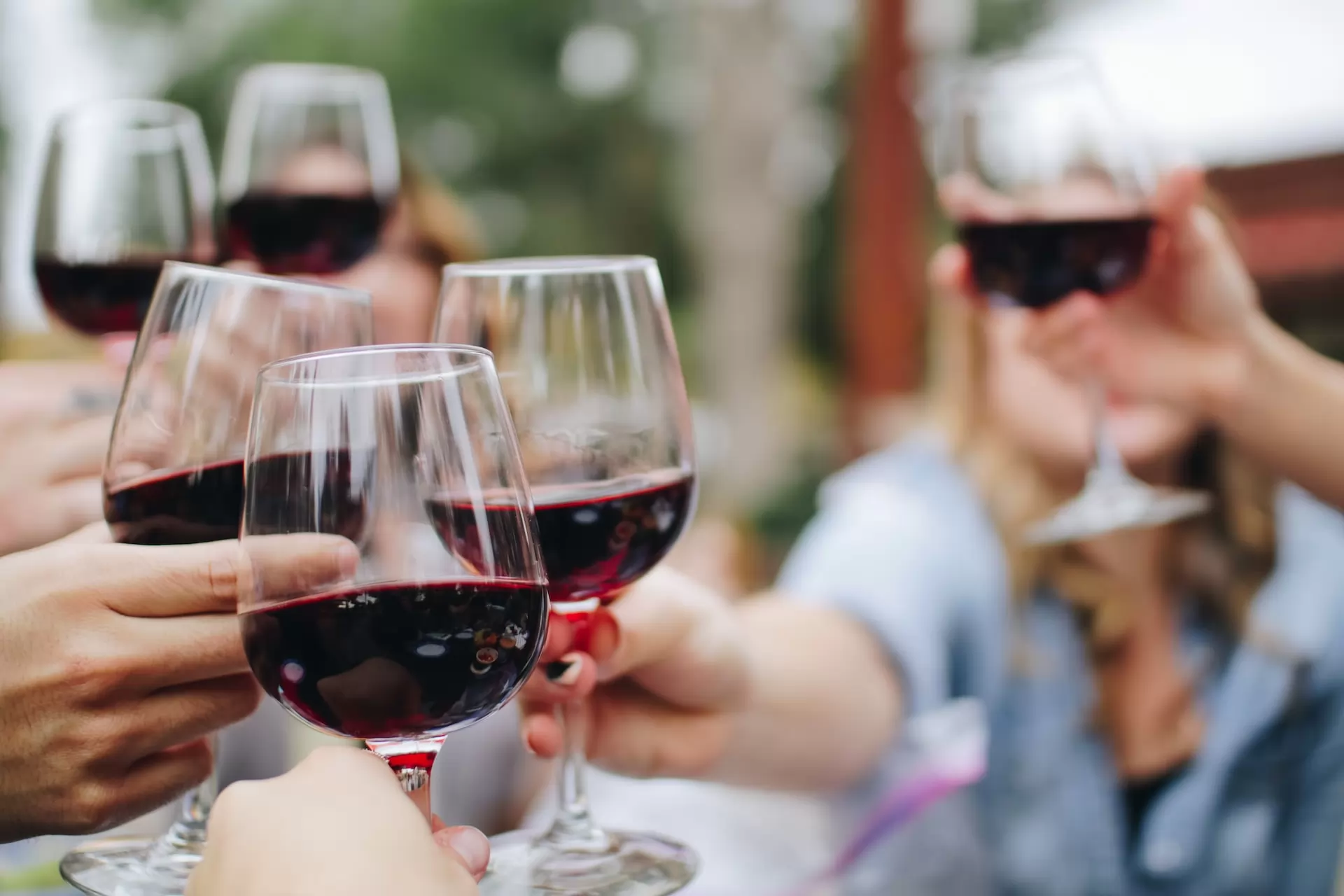




 Ludivine Griveau, an outstanding stage manager at Hospices de Beaune - 25/08/2023
Ludivine Griveau, an outstanding stage manager at Hospices de Beaune - 25/08/2023
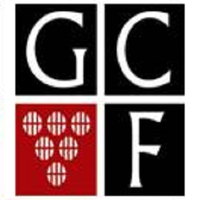 Grands Chais de France in Alsace: Riesling in the background - 21/06/2023
Grands Chais de France in Alsace: Riesling in the background - 21/06/2023
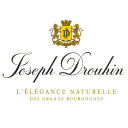 The Joseph Drouhin empire. - 06/06/2023
The Joseph Drouhin empire. - 06/06/2023
